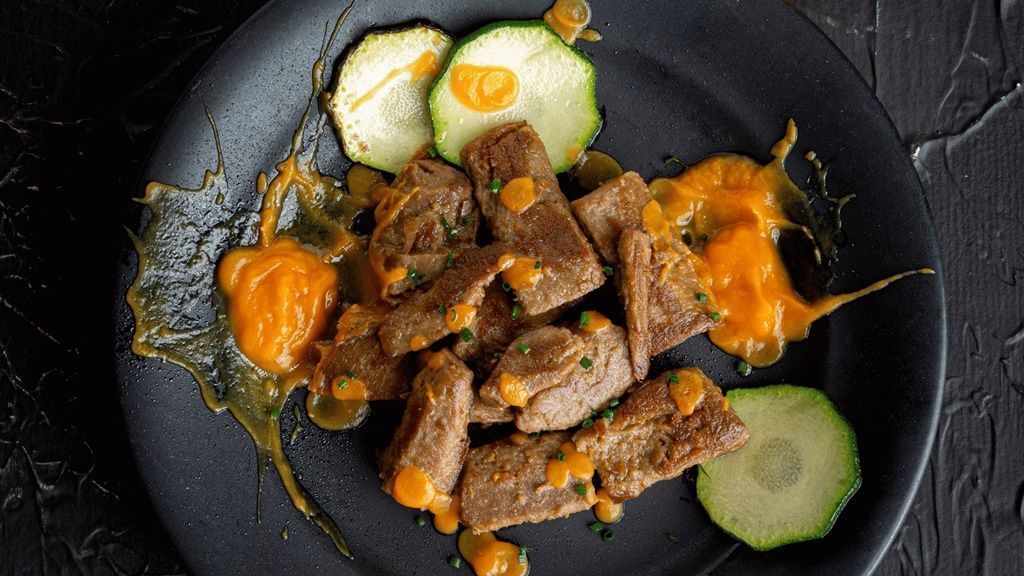High Moisture Extrusion: Innovation in Meat Analogue Production

High-moisture extrusion is an advanced technology in food processing that is transforming the production of plant-based proteins. This method offers several significant advantages, such as creating products that mimic meat in texture and flavour and are more sustainable and resource efficient. In this article, we will address the differences between TVP and HME, explore what high moisture extrusion meat analogues are, and describe how they are manufactured.
What is difference between TVP and HME?
Understanding the difference between Textured Vegetable Proteins (TVP) and High Moisture Extrusion (HME) is essential for grasping the variety in plant-based protein options. While TVP and HME both transform plant proteins, they do so through distinct methods:
- Textured Vegetable Proteins (TVP) are made primarily from defatted soy flour, processed through dry extrusion. The result is a dry, spongy product that is rehydrated before use. TVP is versatile and can absorb flavours, making it suitable for a variety of dishes.
- High Moisture Extrusion (HME) uses high moisture and temperature conditions during extrusion to transform plant proteins into products with a fibrous and juicy texture, like real meat. This process allows for better replication of the mouthfeel and bite of meat, satisfying both vegan consumers and those looking to reduce their meat consumption.
What is high moisture meat analogues?
High moisture meat analogues are food products made from plant proteins using high moisture extrusion. These products are designed to mimic the texture, flavour, and appearance of animal meat, offering a sustainable and healthy alternative. Cooking by high moisture extrusion allows plant proteins to acquire a fibrous structure, resulting in products with a meat-like experience.
Advantages of high moisture meat analogues include sustainability, as their production requires fewer natural resources and has a lower environmental impact compared to animal meat production. Additionally, these products are typically low in saturated fats and contain no cholesterol, contributing to a healthier diet. High moisture meat analogues are also versatile and can be used in various culinary applications, from burgers and sausages to tacos and stews.
How are meat analogues made?
The process of extrusion in food processing begins with selecting raw materials, primarily plant proteins such as soy, wheat, or peas. These proteins are mixed with water and other ingredients to form a homogeneous mass. This mass is fed into an extrusion machine, where it is subjected to high temperatures and pressures.
During high moisture extrusion cooking, the proteins denature and align, forming a fibrous structure that mimics the texture of meat. The elevated moisture content in the process helps maintain the juiciness of the final product, which is crucial for replicating the meat-eating experience. This process is carried out in high moisture meat analogue (HMMA) production machines.
These machines allow precise control of temperature, pressure, and humidity, ensuring consistent, high-quality production. Key steps in the manufacturing process include mixing, extrusion, cooking, cooling, and cutting the final product into desired shapes for packaging and distribution.
High moisture extrusion represents a significant advancement in food processing, offering a sustainable and healthy solution to produce meat analogues. With notable differences between TVP and HME, and a carefully controlled manufacturing process, high moisture extrusion meat analogue are poised to play a crucial role in the future of food. Innovations in HMMA production machines and extrusion techniques in food processing will continue to drive this field forward, providing increasingly realistic and accessible products for consumers worldwide.
